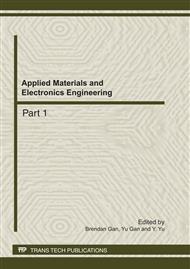p.116
p.121
p.125
p.131
p.137
p.143
p.147
p.151
p.157
Running Cars Induced Wind Loads on Sound Barrier of Elevated Roads
Abstract:
Sound barriers are widely used as an important engineering measure to mitigate traffic noise pollution in urban elevated roads. However, structure design codes on sound barrier used in urban viaduct is empty, which is a key reason for the short service life of sound barrier. Numerical simulation of characteristics of running cars induced wind loads on sound barrier of elevated roads is carried out based on the method of computational fluid dynamics. The changing course of wind loads on the surface of sound barrier is reappeared in the process of cars passing by the sound barrier. The distribution rule of wind loads on the surface of sound barrier at different space positions is revealed. Influence factors of wind loads on surface of sound barrier are discussed by parameter analysis. The conclusions shows that running cars induced wind loads on sound barrier of elevated roads should considered as one main design loads, especially for the anti-fatigue design of steel columns of plate-inserted sound barrier.
Info:
Periodical:
Pages:
137-142
Citation:
Online since:
October 2011
Authors:
Keywords:
Price:
Сopyright:
© 2012 Trans Tech Publications Ltd. All Rights Reserved
Share:
Citation:


